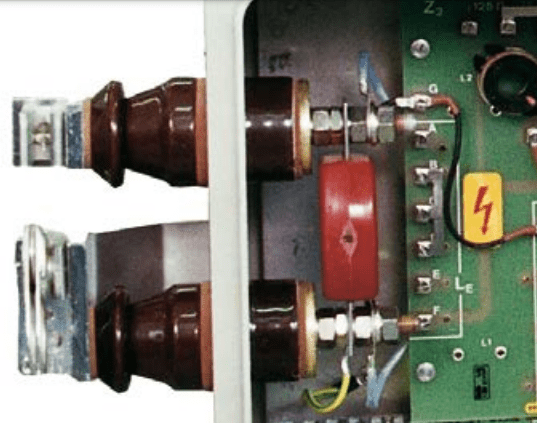beyond86
Electrical
- Sep 24, 2017
- 146
Hello,
I would like to discuss carrier pilot protection.
Do you apply this type of protection for high voltage lines in your country? For which voltage level?
Which is the principle of operation using?
How is pilot channels organized?
And the last question. Do you think, this protection is better than differential protection with optical channels?
I would like to discuss carrier pilot protection.
Do you apply this type of protection for high voltage lines in your country? For which voltage level?
Which is the principle of operation using?
How is pilot channels organized?
And the last question. Do you think, this protection is better than differential protection with optical channels?

